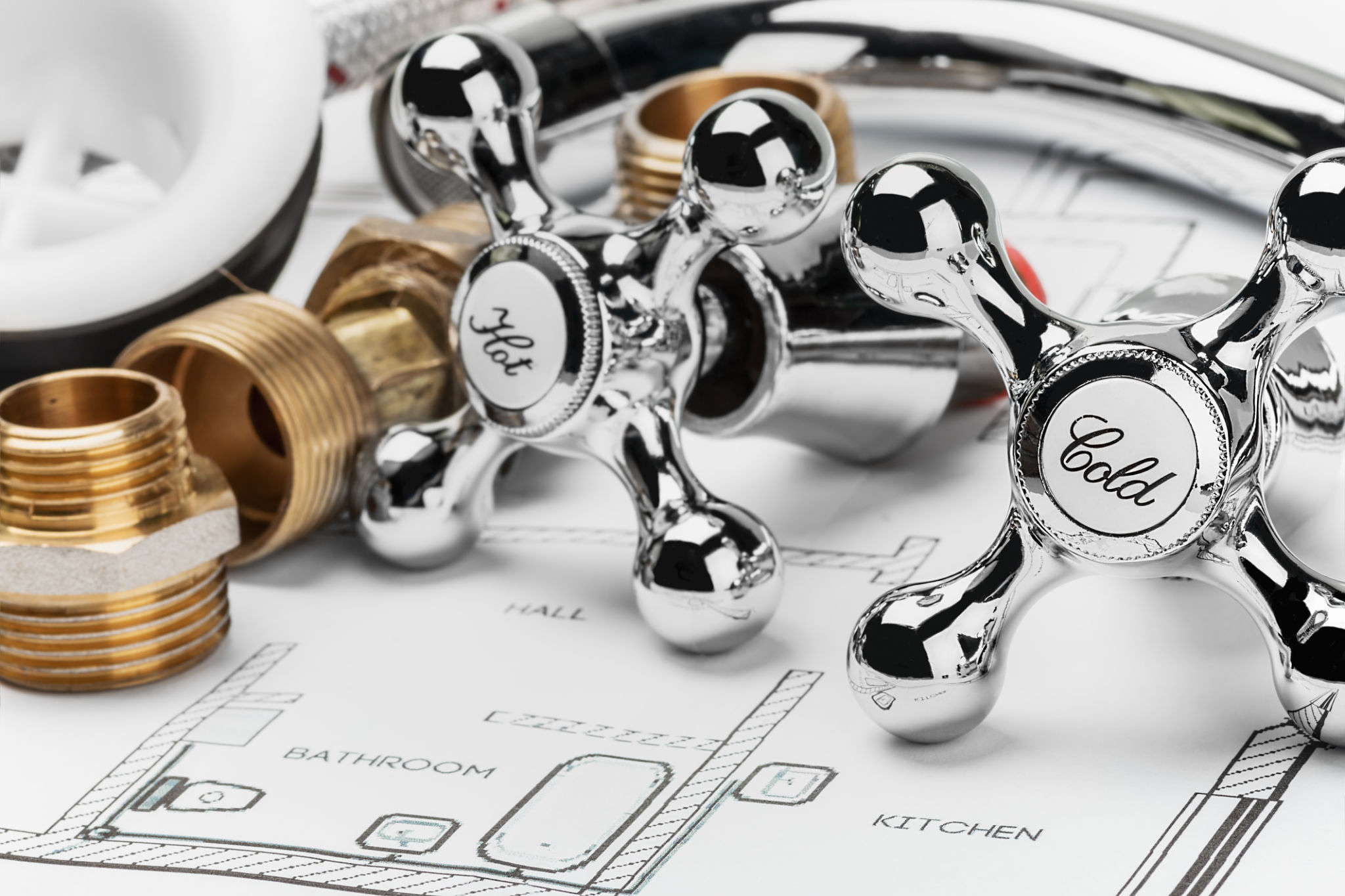Building a Sustainable Home: The Role of Eco-Friendly Plumbing
The Importance of Eco-Friendly Plumbing in Sustainable Homes
Building a sustainable home involves incorporating various eco-friendly practices, and one crucial aspect is the integration of eco-friendly plumbing. Not only does this help conserve water, but it also reduces energy consumption and minimizes the home's environmental footprint. As homeowners become increasingly conscious of their environmental impact, eco-friendly plumbing solutions are gaining popularity.
Traditional plumbing systems often contribute to excessive water usage and energy waste. By making thoughtful changes in the plumbing setup, homeowners can significantly enhance the sustainability of their homes. Let's explore how eco-friendly plumbing plays a vital role in building a sustainable home.

Water Conservation Strategies
One of the primary goals of eco-friendly plumbing is to conserve water. Installing low-flow fixtures, such as showerheads and faucets, can drastically reduce water consumption without compromising performance. These fixtures can cut water usage by up to 60%, leading to significant savings on utility bills over time.
Dual-flush toilets are another excellent addition to a sustainable home. These toilets offer two flushing options—one for liquid waste and another for solid waste—allowing homeowners to use only the necessary amount of water with each flush. Implementing these water-saving strategies helps preserve a valuable resource while reducing household expenses.
Energy Efficient Water Heating
Hot water accounts for a substantial portion of a home's energy usage. By opting for energy-efficient water heaters, such as tankless or solar-powered models, homeowners can decrease their carbon footprint and reduce energy costs. Tankless water heaters provide hot water on demand, eliminating the need for a storage tank and reducing standby heat loss.

Solar water heaters harness the power of the sun to heat water, offering a renewable and cost-effective solution for households aiming to be more sustainable. By investing in these technologies, homeowners can enjoy hot water while minimizing their impact on the environment.
Use of Sustainable Materials
Eco-friendly plumbing also involves selecting sustainable materials that have minimal environmental impact. Pipes made from recycled materials or those with a long lifespan contribute to a more sustainable plumbing system. Copper, PEX, and steel are popular choices that offer durability and efficiency.
Additionally, using non-toxic sealants and adhesives ensures that no harmful chemicals leach into the water supply. Prioritizing sustainable materials not only benefits the environment but also promotes healthier indoor air quality and safer drinking water.

Rainwater Harvesting Systems
Integrating rainwater harvesting systems into your home is an innovative way to enhance sustainability. These systems collect rainwater from rooftops and store it for various uses, such as irrigation, toilet flushing, or even laundry. By utilizing rainwater, homeowners can reduce their dependence on municipal water supplies and contribute to water conservation efforts.
Implementing rainwater harvesting is a simple yet effective strategy to make homes more self-sufficient and environmentally friendly. This approach not only conserves water but also helps manage stormwater runoff, reducing the risk of flooding and soil erosion.
Conclusion: The Path to a Greener Future
Building a sustainable home requires a holistic approach that considers various elements, including plumbing systems. By embracing eco-friendly plumbing solutions, homeowners can make a significant impact on reducing resource consumption and promoting environmental stewardship.
As we strive for a greener future, incorporating these sustainable practices in our homes will not only benefit the planet but also improve our quality of life. From conserving water to choosing sustainable materials, every step counts in creating a more sustainable and eco-conscious living environment.